Hi everyone! 😊 Thanks for checking in on my journey and reading the next instalment of my blog!
Last time I posted I had just made a brand new Facebook group (Plastic Free Aarhus). Well I am pleased to say that the group has now grown to have 45 members – I’m pretty pleased so far, and will keep trying to expand the community even more. 🙌
Discussing Recycling
I have had some great discussions with people both in the group and also on other Facebook pages that I promoted the group on. They have been very insightful and informative, and I have learned something really exciting – Denmark will soon be upgrading its waste collection and recycling from just three separate sections (general trash/ paper & cardboard/ metal, glass & plastic) to TEN! The thing that is so great about this is that it will be country-wide. I didn’t actually realise, but up until now each Danish municipality has been able to decide its own recycling programme – and according to some of the people I spoke to, Aarhus has some of the least facilities available (in their opinions!). As I have only ever lived in Aarhus, this is not something I’ve ever considered before, and I have no point of comparison to the way they do it in other places in Denmark.
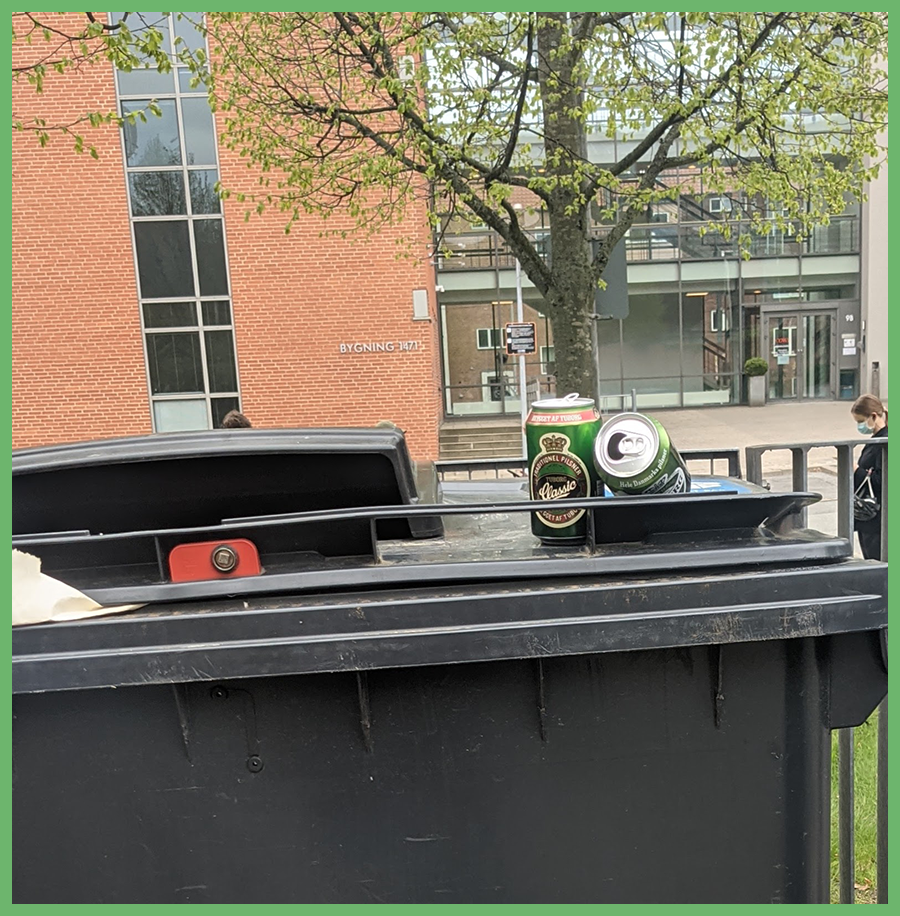
One good example is actually regarding the ‘pant’ I told you about last time; in Aarhus I have noticed that many people leave their empty plastic bottles and cans right next to the trash or on top of the bin like in the picture on the left. This is especially common at the beach or the harbour front in summer here in Aarhus, with many people out enjoying a drink in the sun.
This is done with the best intentions, as it means others can collect the ‘pant’ deposit, and many people in summer actually make an activity of collecting stray ‘pant’ items because you can rack up some decent dollars. 🤑 However, I can’t help feeling that these items can really easily be blown away by the wind and end up in the surrounding forests or the sea (Aarhus is on the coast, so it is a VERY windy place). I suggested that a special ‘pant’ container could be attached to the outside of the bins, and one member of the Facebook group helpfully shared the photo on the right, of the exact thing I was describing… only in Copenhagen!
I still feel as if it is not the most secure container, but it’s definitely something I would like to see more of in Aarhus, around the city and the University – so I will be emailing the AU Sustainability team, and will also try to get in touch with Aarhus Municipality to see if there is a possibility to get something similar. I’ll keep you updated on any progress in my next post. 🤞
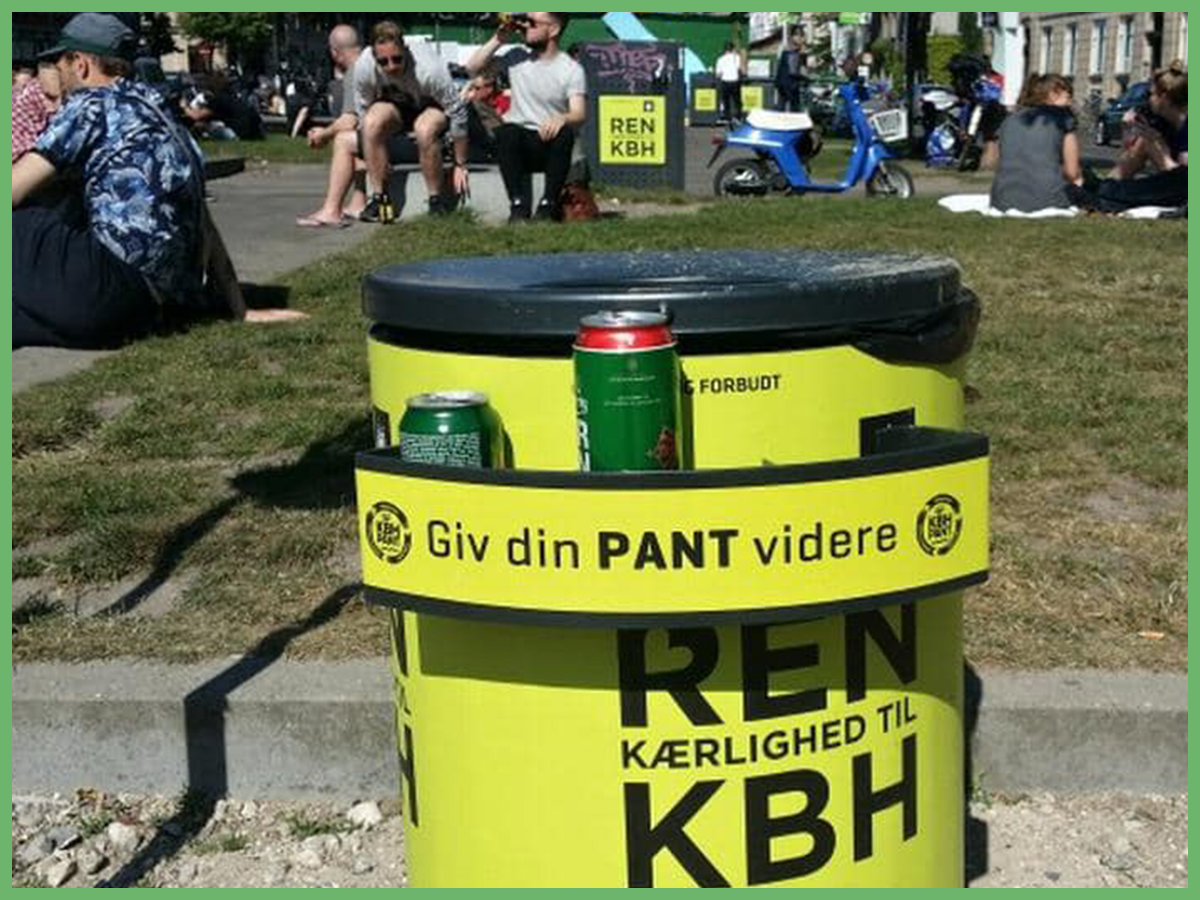
Discussing Reducing Plastic Waste At The Source
Another thing we discussed was reducing plastic waste from the outset – so making a conscious decision to buy items which are plastic-free (if possible) or made with re-usable plastic if not. In the Facebook group, we all brainstormed some ideas regarding which stores in the city we can visit to buy these items and came up with the following list:
TINC is a zero-waste shop in the centre of town which sells many plastic-free items, especially for the bathroom and kitchen – I usually get my shampoo and conditioner bars from them! They also have a ‘bring your own container’ section and have loose pasta, lentils, olive oil, washing up detergent and more, as pictured on the right. This is fab because I find one of my biggest sources of plastic waste comes from packaged food, so having an opportunity to buy items without packaging is something I hope will become even more mainstream in the future.
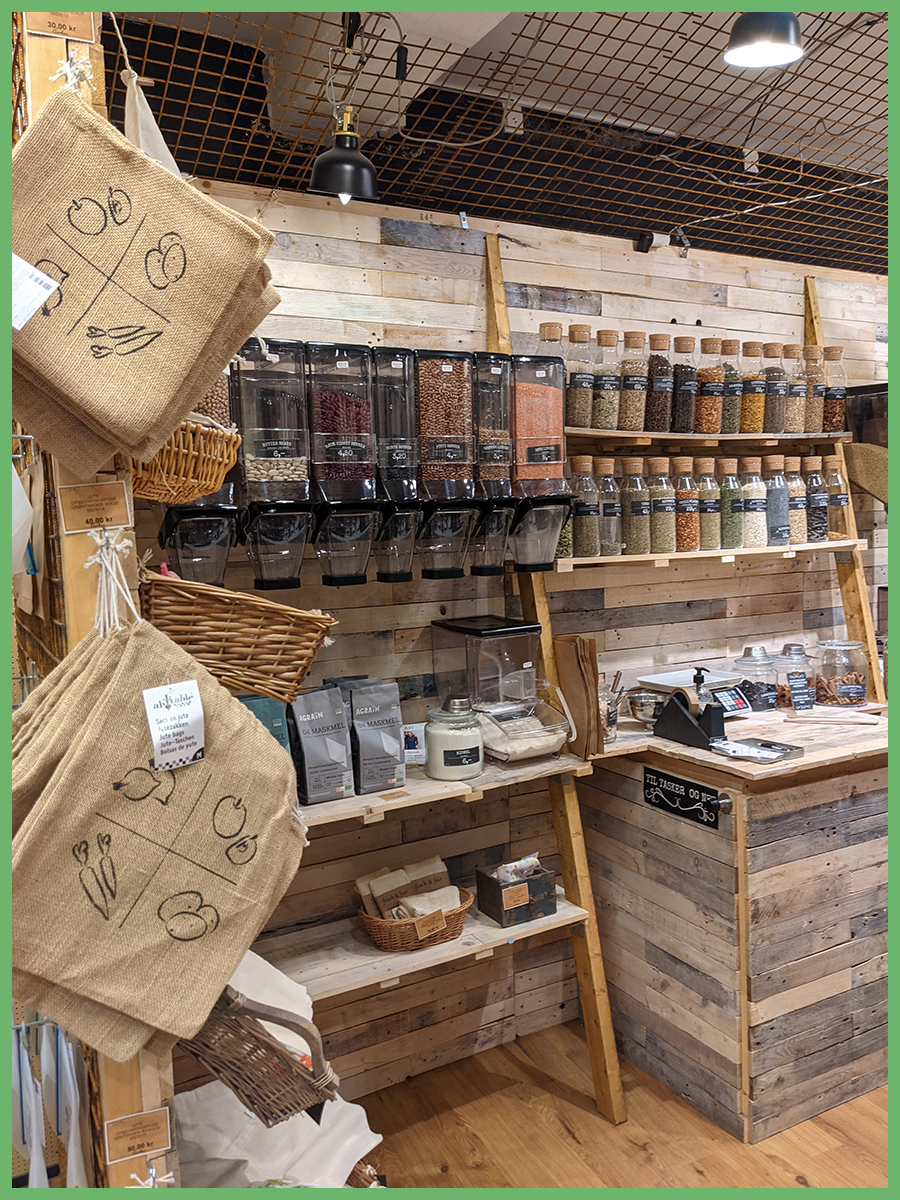
Jordens Frugter is in Trøjborg, just on the street next to mine, and sells items such as bees-wax wrap (which I will talk a bit about later, and was suggested in the comment section of my last blog!) as well as organic, loose fruit and vegetables.
RAA Aarhus is also located in the city centre, and is sort of a cross between TINC and Jordens Frugter – it sells both loose fruit & vegetables and grains/pasta/lentils, as well as re-fillable detergent. I was told they also have some fab personal hygiene products – although I have not yet had a chance to check them out for myself it’s definitely on my list to visit next time I need a new razor!
REUSE Aarhus is a ‘recycling’ station for any of your unwanted items – you can pick up anything from rollerskates to furtiture there, totally free! This really extends the life-cycle of many products which would otherwise go to the landfill, or get left on the streets like in these pictures. Again, this is done with the best intentions (and believe me, I regularly find new items of furniture on the street, so I am all for this), and I think it is okay with larger items like cabinets – however smaller items are at risk of ending up in nature. So if possible, it’s best to take things to a designated space, like REUSE!
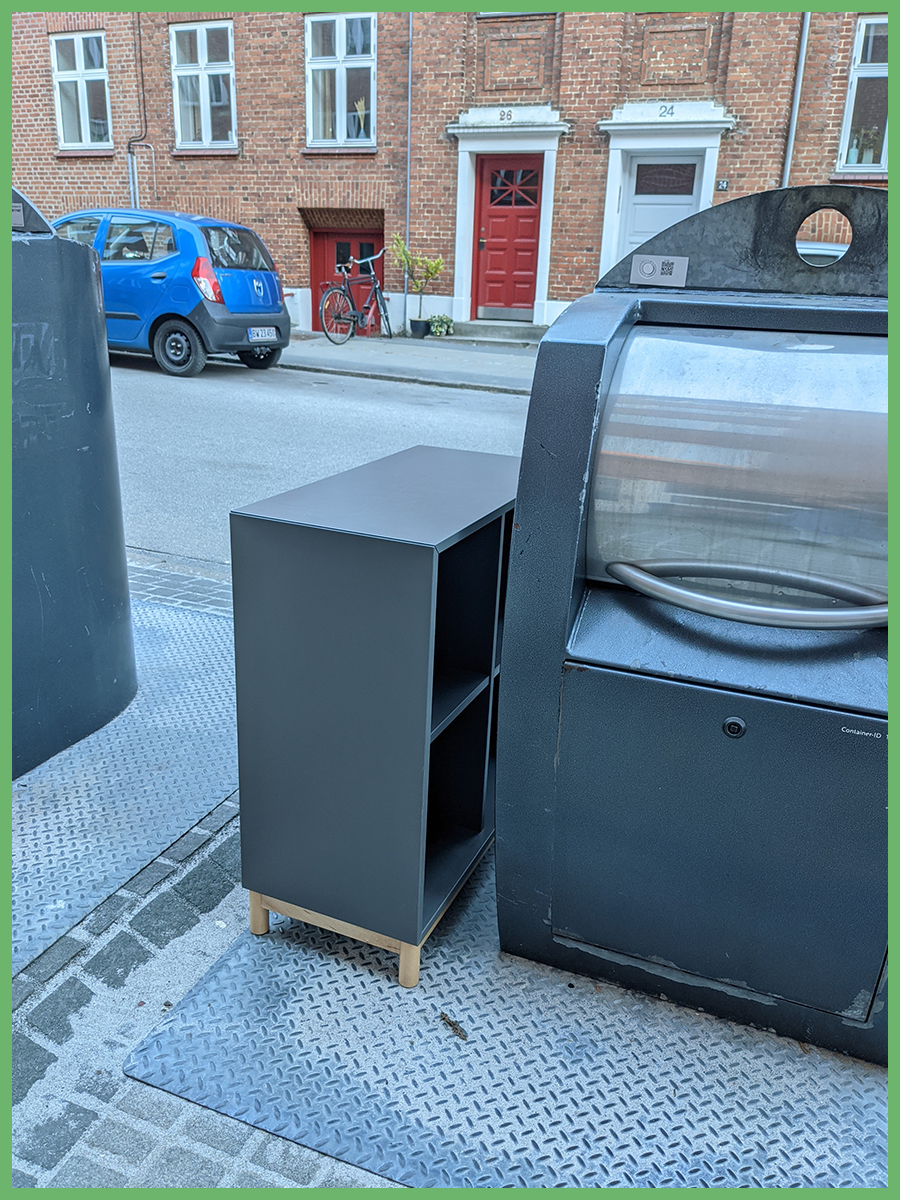
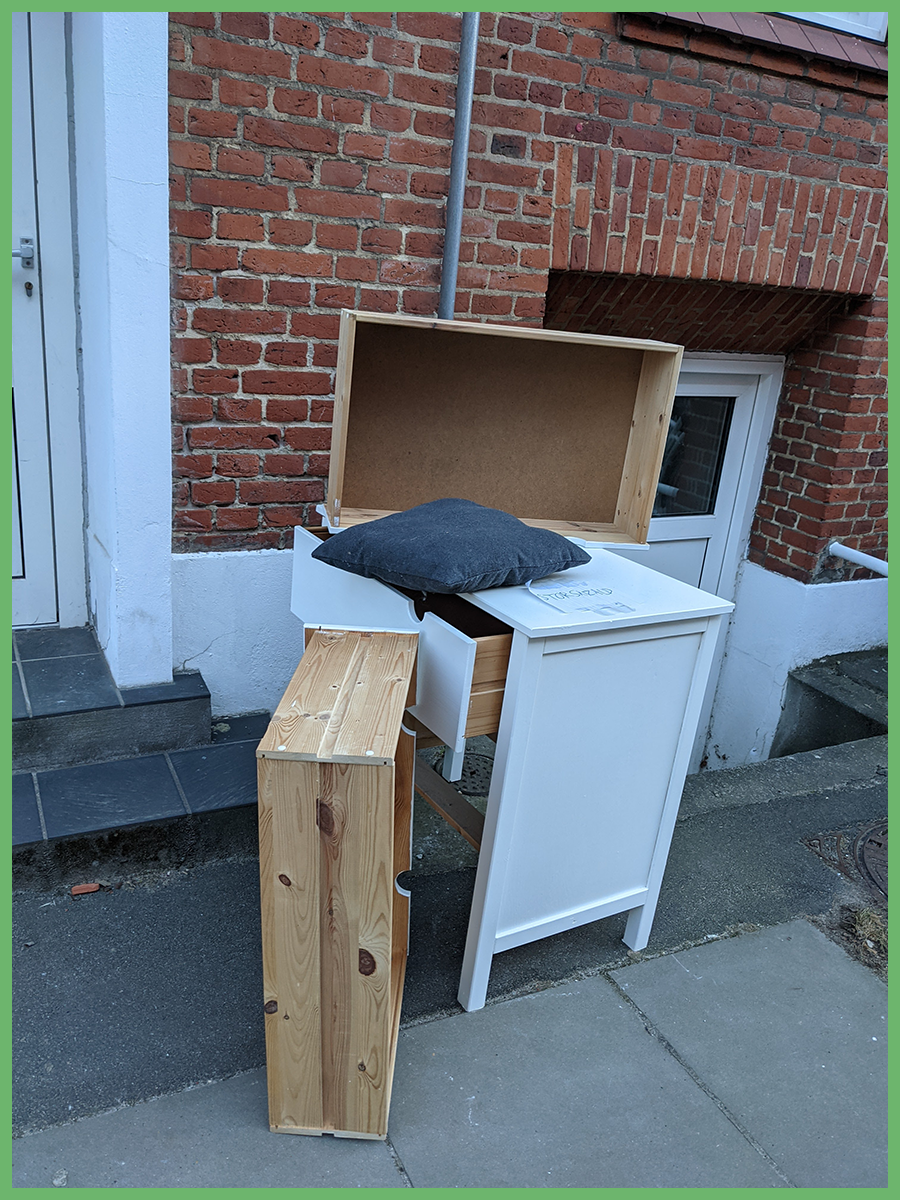
Reducing Plastic Waste – In the Kitchen
As mentioned in my last post, I’ll be suggesting some tips to help reduce plastic use – this time we’re in the kitchen!
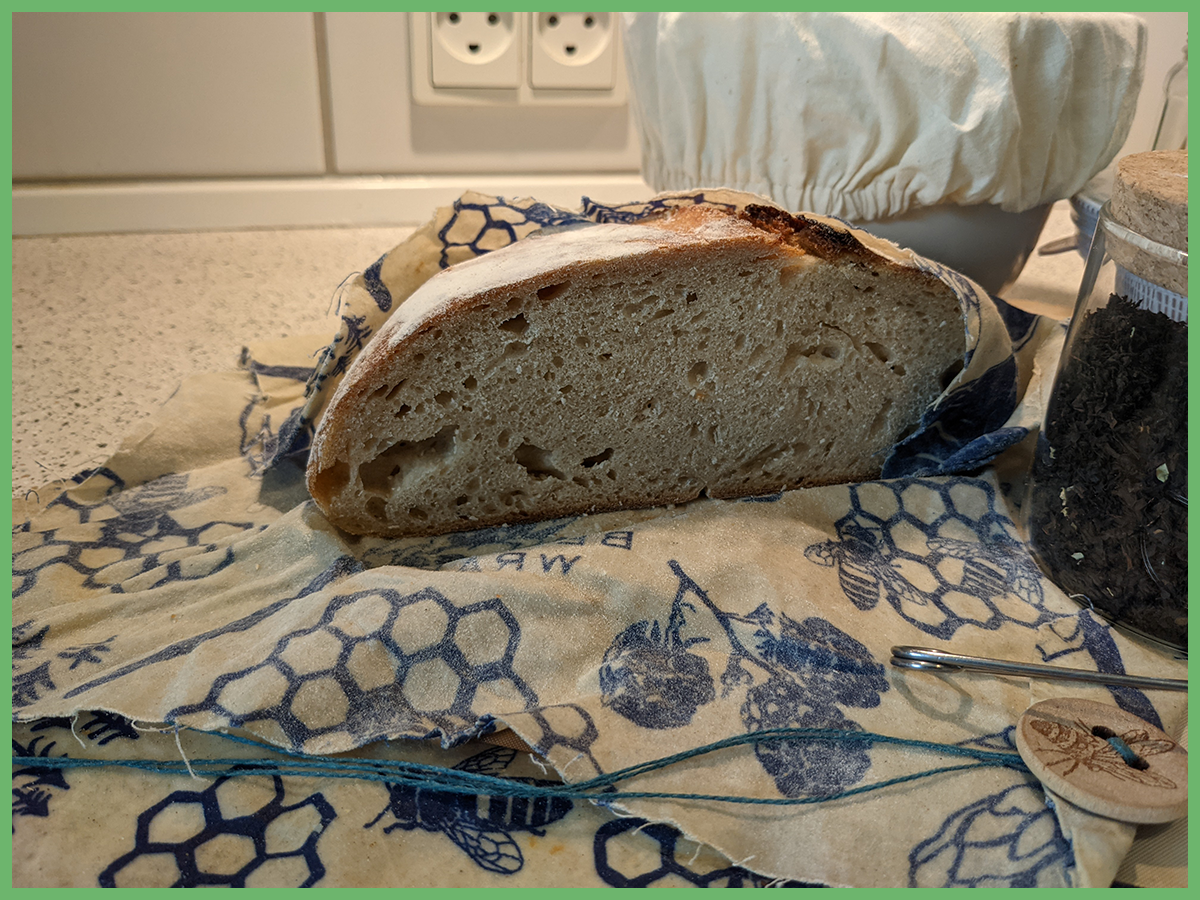
There are often so many single-use things in the kitchen, which is really sad when it’s actually really easy (and cheap!) to get a longer-lasting, reusable version. One thing I’ve really come to love are my bees-wax wraps (on the left). I use these almost every day when I’m at work or university for taking sandwiches in – although admittedly they haven’t seen much action lately with everything being done from home! They work pretty much the same as clingfilm or tin foil, you can mould them to the shape of your food item and the heat of your hands warms the wax slightly so it stays in place. I actually got mine from Jordens Frugter mentioned above, and I’ve had them over a year now, so they’ve lasted well. Just be careful when washing them – if you use hot water you can melt the wax off. 🕯 😬
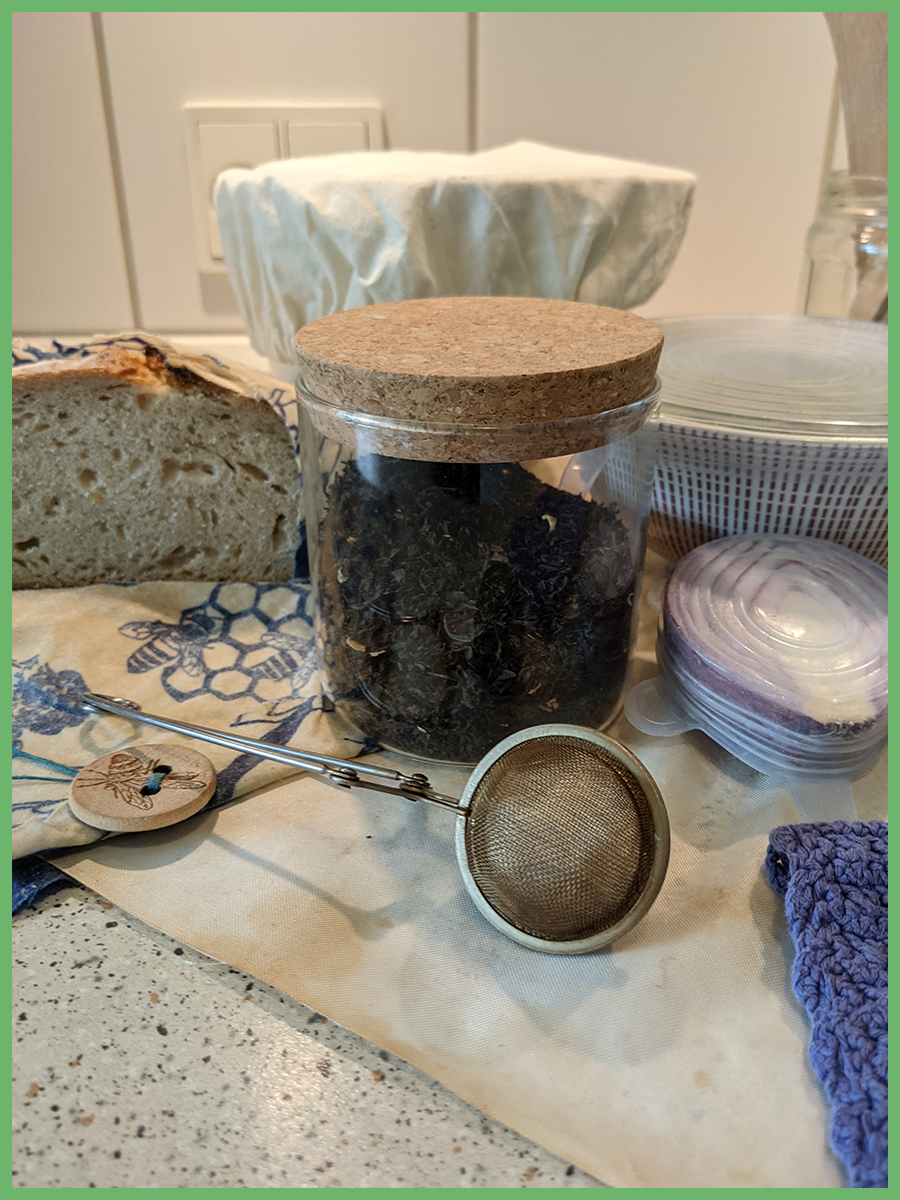
Another thing which may be surprising is….tea bags! Not all teabags are plastic-free and can actually shed microfibers into your tea. 😱 To avoid this, I have started to buy loose-leaf tea, and a use a simple metal diffuser like the one pictured on the right. I’m using a very basic one which I bought for about €1 but there are so many other designs available, I definitely recommend giving it a try. Loose-leaf tea also seems to be a much cheaper option, at least here in Denmark, so this will save you money in the long run!
The next weapon in my plastic-free arsenal is stretchy silicone lids! These are a real gamechanger and as you can see, they come in different sizes, from onion to mixing bowls. Use instead of clingfilm or tinfoil, these are great for keeping your food fresh (and also save you the extra washing up having to transfer to a Tupperware 😉). Just one word of warning – they are often advertised as ‘stretching to any shape’… I would take that with a pinch of salt, I’ve had an accident with an awkwardly shaped container before. 😒 Basically DO NOT FORCE them to stretch, it will end badly. 😅
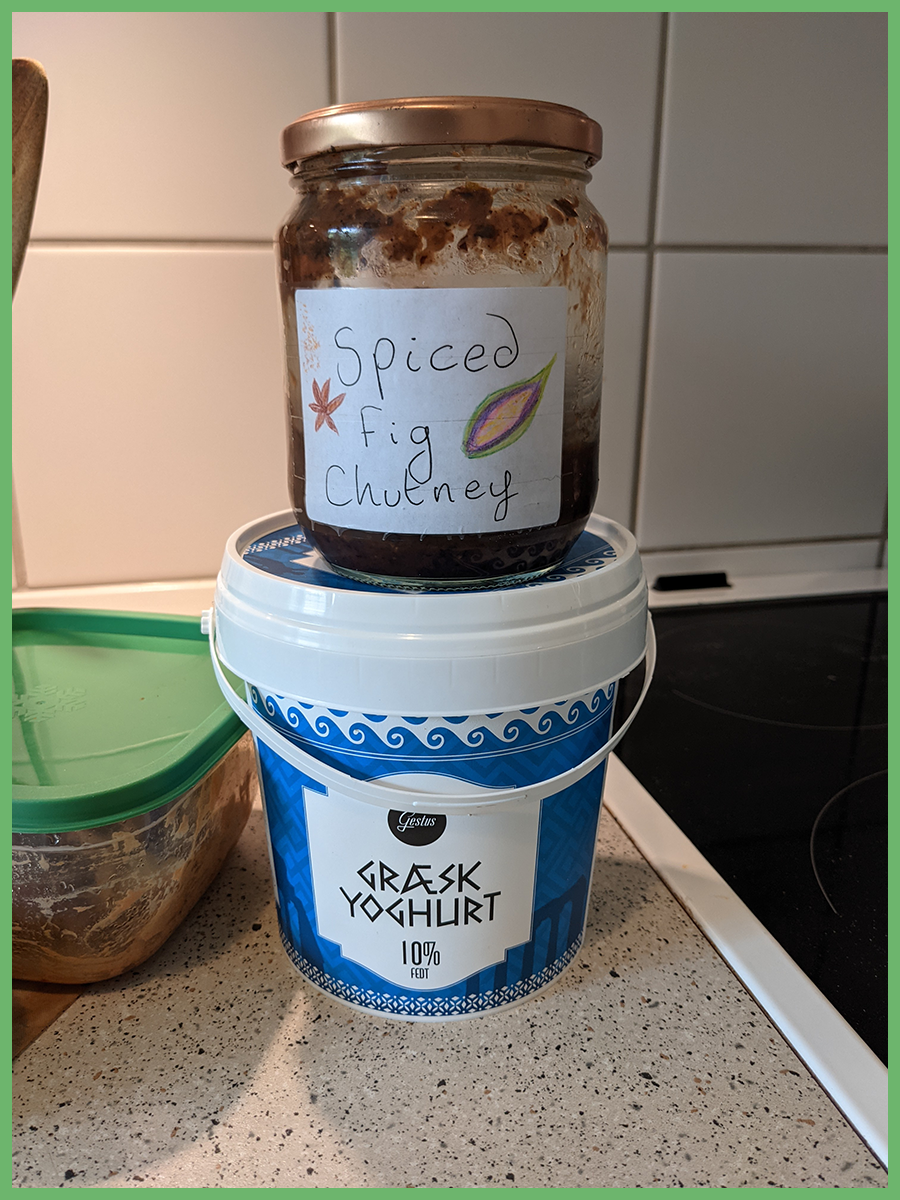
Now if you can’t get your hands on the silicone lids, your next best substitute for clingfilm is a ‘Tupperware’ (or any other generic brand of reusable plastic container)! As you can see in the picture, I also reuse containers such as yoghurt pots to keep food in (that one is full of soup 😋), and also old jars for keeping homemade chutneys in. This one is so budget friendly; you get your food item AND a new container… what’s not to love?!
If there are any bakers following this I have recently discovered re-usable baking sheets and the silicone cup-cake cases above. The baking sheet is able to be used up to 2000 times apparently! Obviously mine is starting to look a bit used/burned now as I’ve been using it a while… These are also really good value for money as you get so much use out of them, so a super easy switch to make. Another thing I have been using when making bread is a cloth cover that you can see in the top picture, rather than clingfilm. It’s good for shorter rises but for overnight doughs a silicone lid is definitely better.
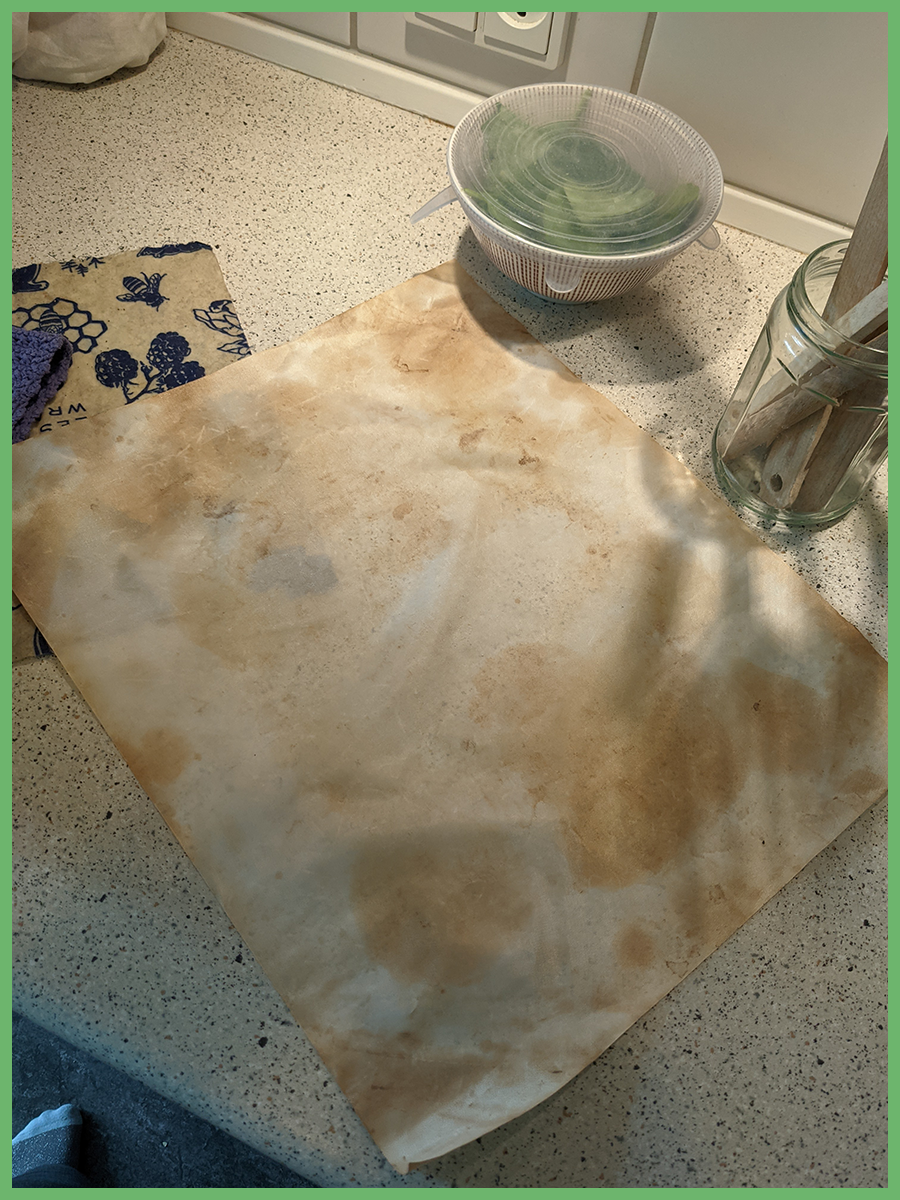
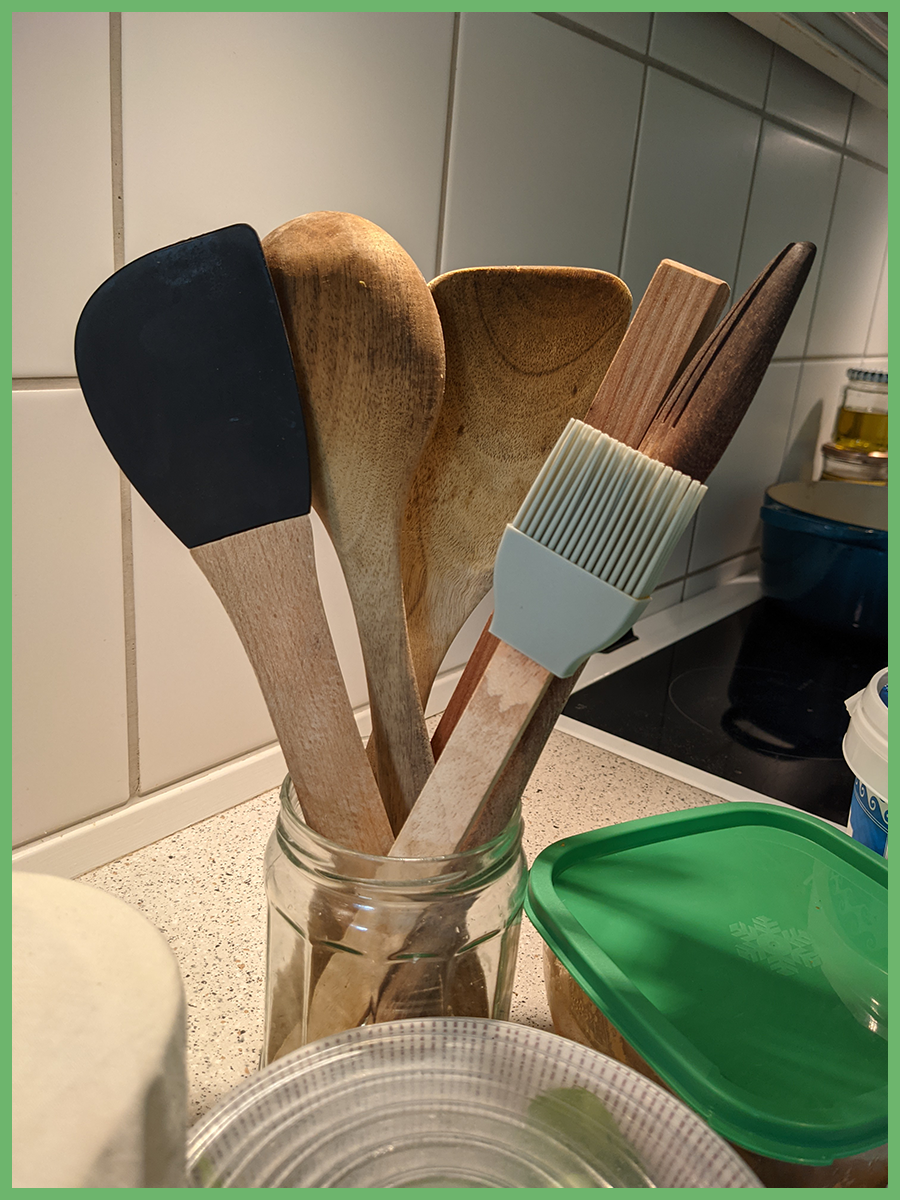
Last but not least, let’s talk about cooking and cleaning utensils. I try to buy wooden cooking utensils where possible to reduce my overall plastic use where possible, even if it’s just the handle. This one can be tricky and I definitely have some plastic utensils too, like an ultra-thin plastic spatula, that you simply can’t get a wooden version of. I find wooden versions to be much sturdier than their plastic counterparts though. And yes, I am keeping them in an up-cycled jam jar… thrifty. 😎
When it comes to cleaning utensils, sponges and cleaning cloths are usually made from plastic fibers. Now, I’m lucky enough to have my boyfriend’s grandma, who loves to knit, and quite often gifts us with these adorable hand-knitted wash cloths. If you can knit yourself, definitely give these a go, otherwise they should be available to purchase from a zero-waste store near you. Instead of a regular sponge, try a coconut-husk scourer – we currently have a coconut husk grill-brush too, and it works a charm!
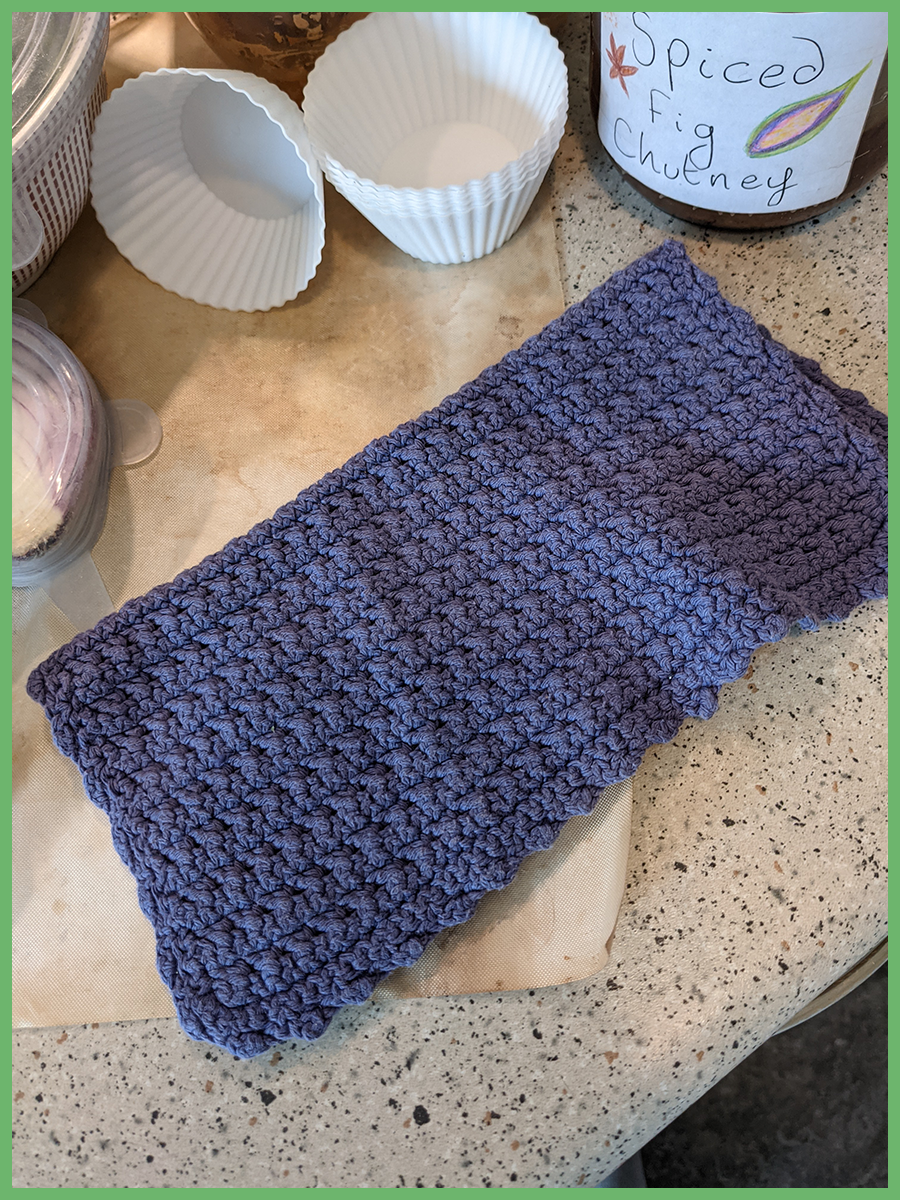
Okay, so wow, that ended up being quite a bit of kitchen tips actually, but it just goes to show how much unnecessary plastic waste actually does come from the kitchen… and that’s before we even start thinking about packaging waste 😰 But let’s leave that for another time! Let me know how you get on with these tips, and I would also love to know if there’s any more great ways to reduce plastic waste that I’m missing out on – so please feel free to share your ideas and advice. 😍
Making small changes can lead to big differences if we all do just a little. 💮



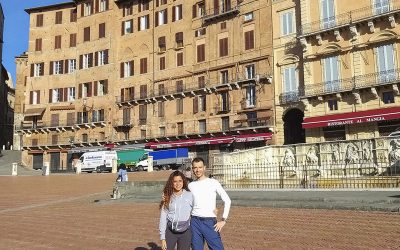
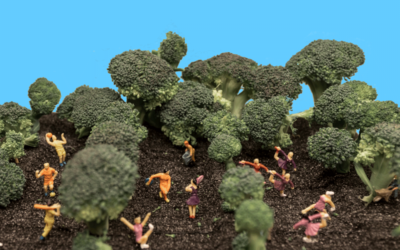

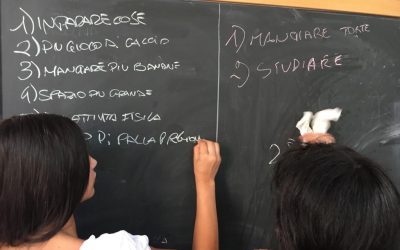
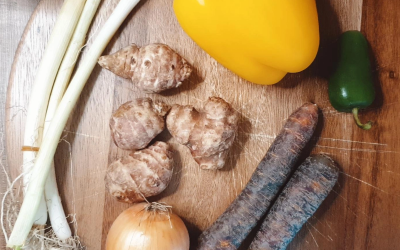
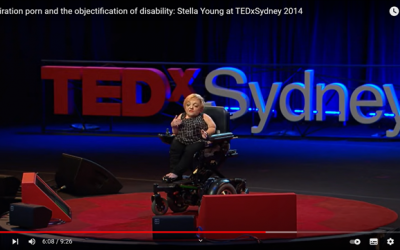

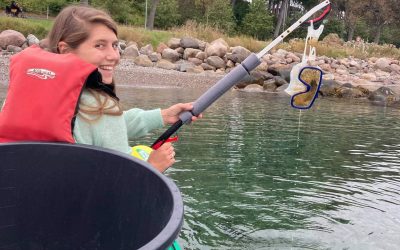

0 Comments